When galaxies go bump in the night, they cook-up new generations of stars that might otherwise have never been born. These close encounters between galaxies cause a gravitational tug-of-war.
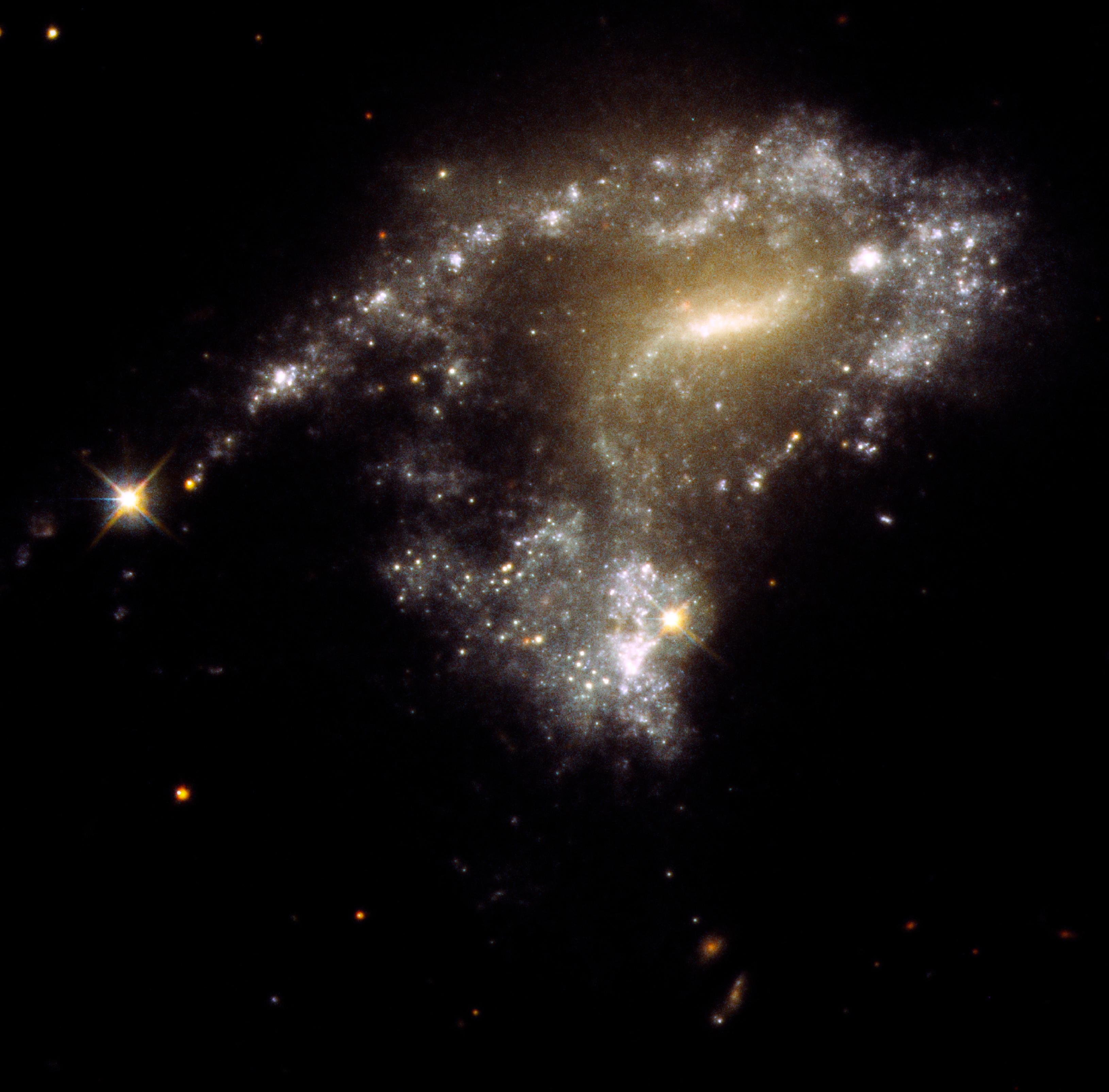
news, journals and articles from all over the world.

When galaxies go bump in the night, they cook-up new generations of stars that might otherwise have never been born. These close encounters between galaxies cause a gravitational tug-of-war.
El Observatorio Vera C. Rubin ayudará a los científicos a identificar objetivos intrigantes para dar prioridad a futuras misiones espaciales, mediante la detección de millones de nuevos objetos en el Sistema Solar y revelar, con el mayor detalle jamás visto, el contexto más amplio en el que existen.
Vera C. Rubin Observatory will help scientists identify intriguing targets to prioritize for future space missions by detecting millions of new Solar System objects, and by revealing — in more detail than we’ve ever seen — the broader context in which these objects exist.
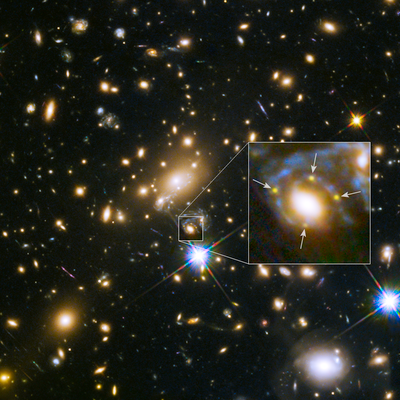
With a panoramic view 200 times larger than the Hubble Space Telescope’s infrared view, the sheer amount of data captured by the upcoming Nancy Grace Roman Space Telescope will change the landscape of astronomy.
A surgeon’s hands could stretch 250 miles above Earth, should an upcoming test of a miniaturized surgical robot aboard the International Space Station prove successful.
The next generation of advanced telescopes could sharpen the hunt for potential extraterrestrial life by closely scrutinizing the atmospheres of nearby exoplanets, new research suggests.
The Association of Universities for Research in Astronomy (AURA) is pleased to announce the appointment of Dr. Jennifer Lotz as the Director of the Space Telescope Science Institute (STScI). Dr. Lotz will begin her five-year appointment as STScI Director starting February 12, 2024.
Using Webb’s spectacular sensitivity, scientists captured the first mid-infrared spectrum from space of a kilonova, which marked Webb’s first direct look at an individual heavy element from such an event.
NASA sensors scattered across land, sea, and space have collected hundreds of terabytes of Earth science data over the past four decades. Imagine if a digital assistant like Alexa or Siri, powered by artificial intelligence (AI), could quickly and easily sift through that data to answer scientific questions for researchers.
Researchers at The University of Alabama in Huntsville (UAH), a part of the University of Alabama System, have supported a ground-breaking measurement that is helping solve a 60-year-old cosmic mystery that involves the question of why the Sun’s corona, the outermost part of the Sun’s atmosphere, is so much hotter than the surface of the Sun itself.
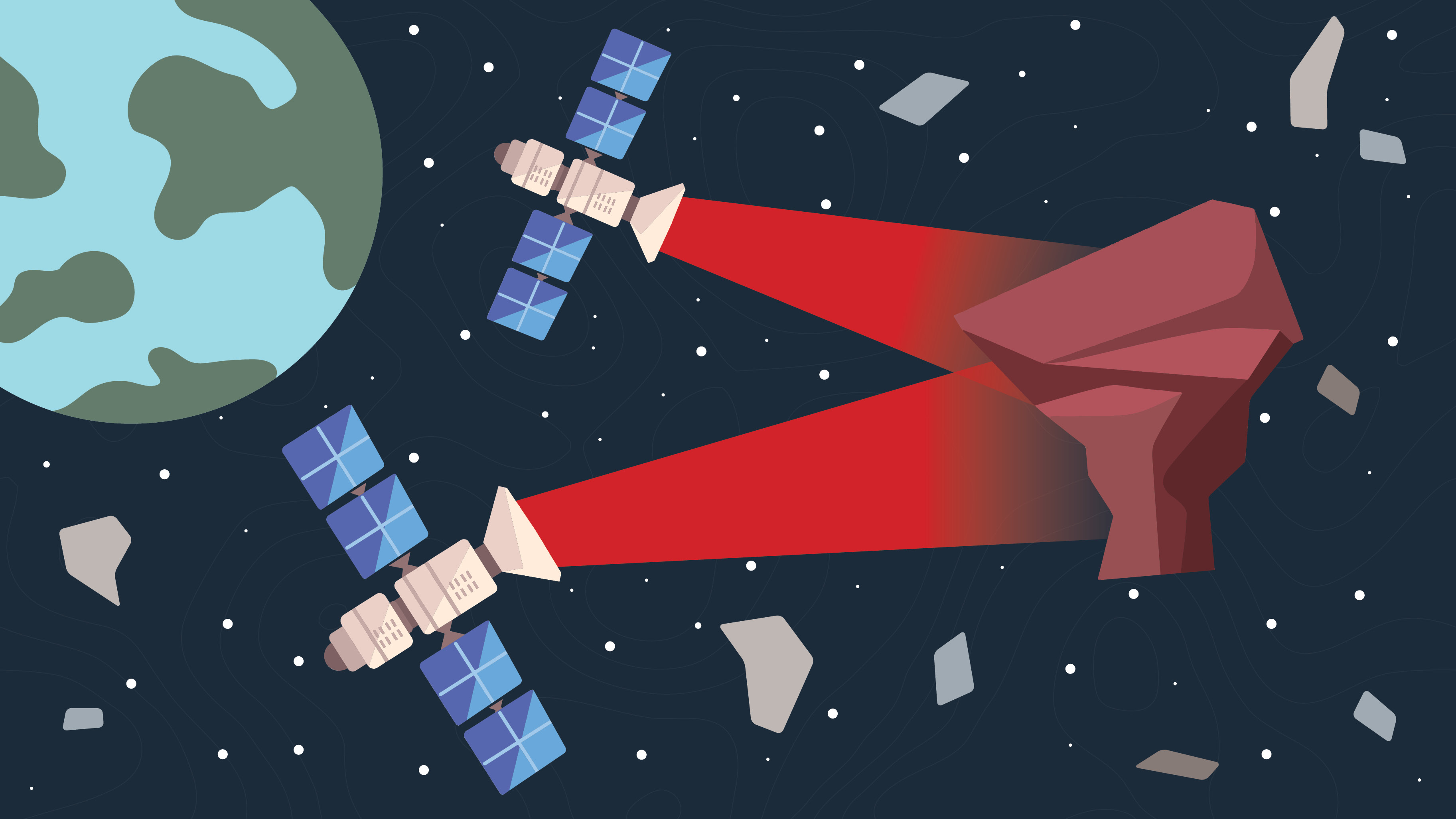
If West Virginia University research pays off, debris that litters the planet’s orbit and poses a threat to spacecraft and satellites could get nudged off potential collision courses by a coordinated network of space lasers.
Hubble zoomed in for a close-up look at one sliver of the Cygnus Loop nebula–a huge bubble of glowing gasses. Gossamer filaments resembling wrinkles in a bedsheet stretched across two light-years were found.
For as long as humans have gazed into the night sky, we have wondered about life beyond the Earth. Scientists now know that several places in our solar system might have conditions suitable for life.
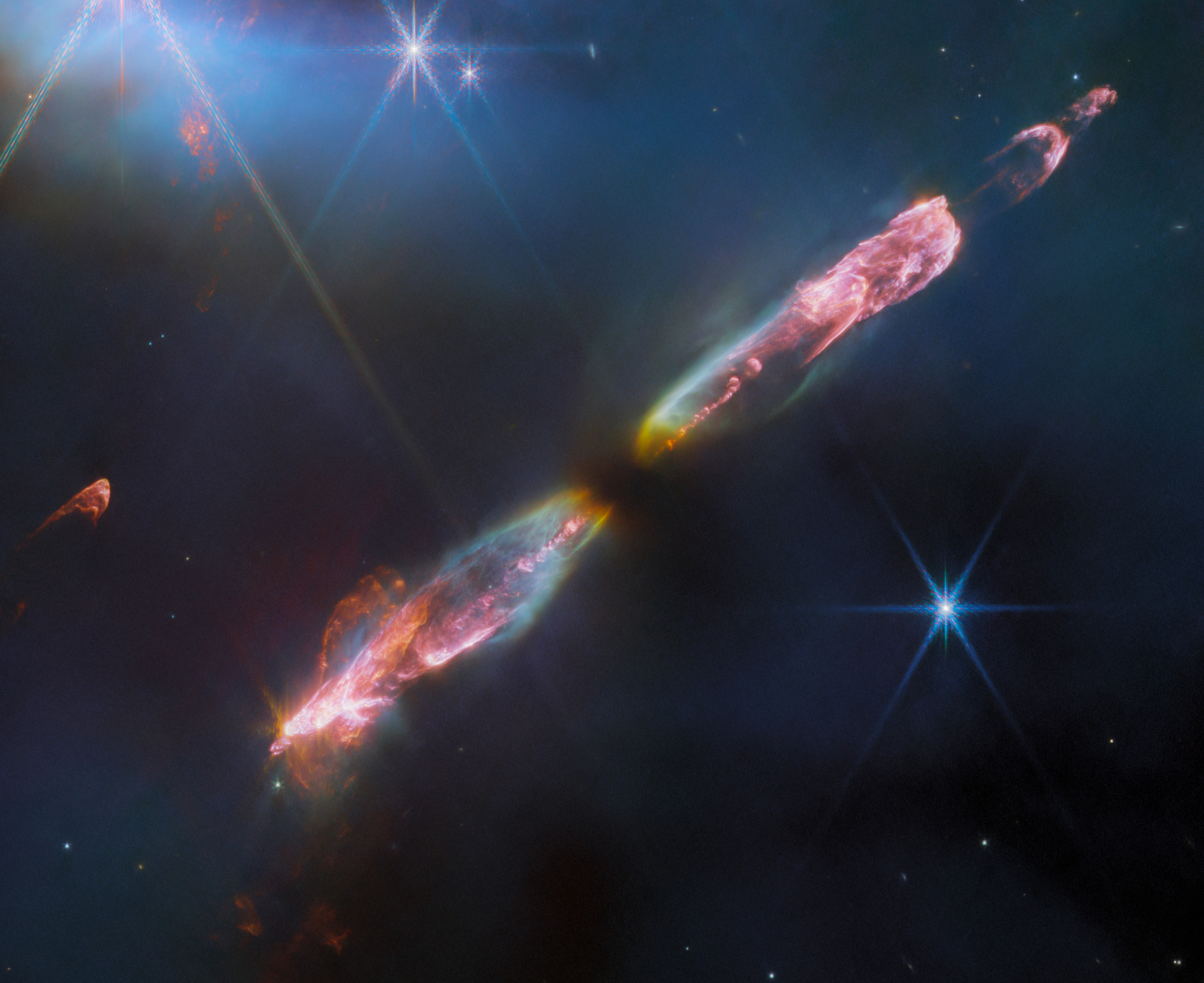
NASA’s James Webb Space Telescope has captured a high-resolution look at Herbig-Haro 211 (HH 211), a bipolar jet traveling through interstellar space at supersonic speeds.
Astronomers have uncovered a link between Neptune’s shifting cloud abundance and the Sun’s 11-year solar cycle that increases the amount of ultraviolet radiation reaching the planet. This discovery is based on three decades of observations by Hubble.
The atmosphere was out of this world as a NASA astronaut returned to her former university to receive an honorary doctorate.
The University of Alabama in Huntsville (UAH), a part of the University of Alabama System, will highlight its extensive capabilities in artificial intelligence, cybersecurity, directed energy, information systems, rotorcraft systems, supply chain management and hypersonics during the Space & Missile Defense (SMD) Symposium at the Von Braun Center in Huntsville, Ala.
All stories start somewhere – even the incomprehensibly vast expanse above us has a beginning. Scientists have long studied the cosmos, searching for answers to the “how’s” and “why’s” of life, and that effort continues to this day. From concepts such as ‘Cosmic Dawn’ and ‘redshift,’ UNLV astronomer and computer scientist Paul La Plante focuses on topics that improve our understanding of where it all began.
Michaela Hemming, a doctoral candidate in the Department of Mechanical and Aerospace Engineering at The University of Alabama in Huntsville (UAH), is using a NASA Space Technology Graduate Research Opportunities (NSTGRO) fellowship to make advances in propulsion under the guidance of NASA engineers.Hemming has designed a small-scale rotating detonation engine (RDE) manufactured by NASA as part of a joint research effort.
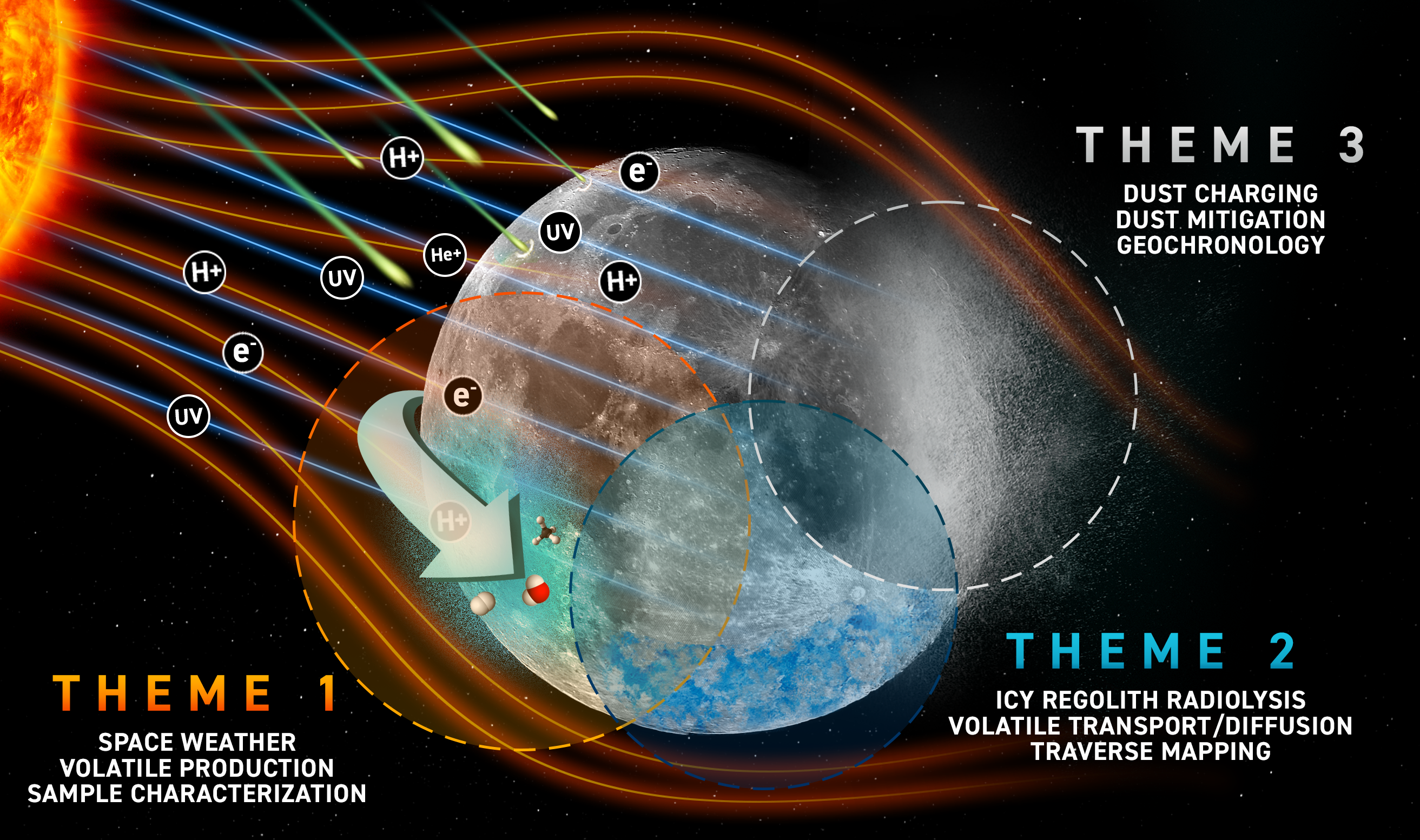
Georgia Tech researchers have been selected by NASA to lead a $7.5 million center that will study the lunar environment, and explore the generation and properties of volatiles and dust.
Mae Jemison, the first woman of color in the world to go into space, will address the graduates at the University of Delaware’s Commencement ceremony on Saturday, May 27.
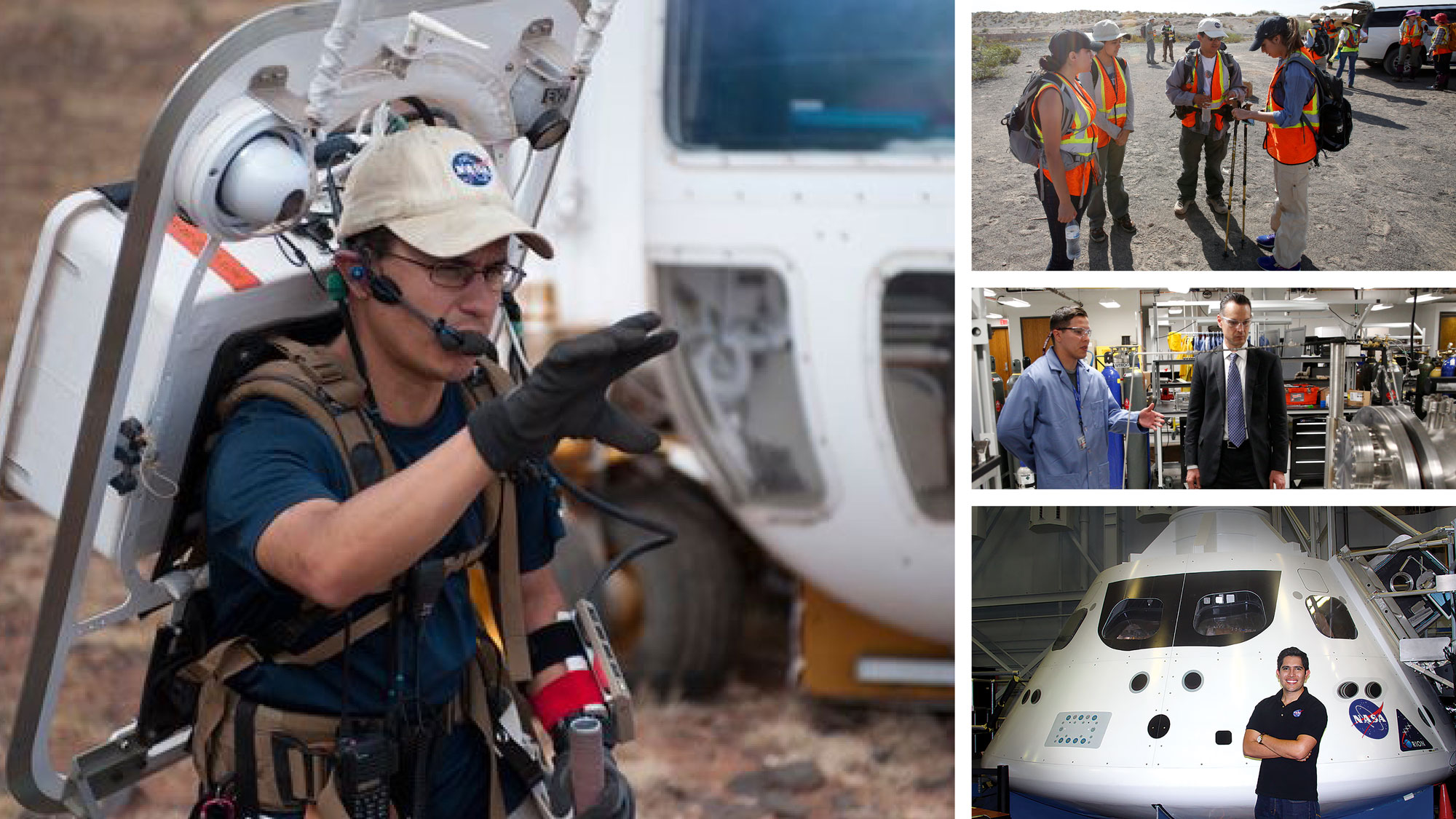
Researchers at The University of Texas at El Paso will help build a robotic device for welding in space, prepare astronauts for a mission to the Moon and more, thanks to a slew of new grants from NASA.
A team consisting of mechanical and aerospace engineering majors at The University of Alabama in Huntsville (UAH) competed in the 2023 NASA Student Launch, hosted by NASA’s Marshall Space Flight Center in Huntsville. Supported by the Human Exploration and Operations Mission Directorate and U.S. aerospace industry, the event is a NASA-conducted engineering design challenge that involves the design, documentation, fabrication and testing of a rocket and payload in support of a particular NASA mission.
The University of Alabama in Huntsville (UAH) notched a record $169.5 million in research and development expenditures for fiscal year (FY) 2022, a 13% increase over FY21. This announcement accompanies the National Science Foundation Higher Education Research and Development (HERD) Survey findings which cover FY21 and mark the 10th year in a row UAH has had five or more research programs ranked in the top 25 nationally for federal research funding.
A team from The University of Alabama in Huntsville (UAH) placed first in the 2023 NASA Human Exploration Rover Challenge (HERC) this year. The competition, held April 20-22 at the U.S. Space and Rocket Center (USSRC) Aviation Challenge area, tasks college and high school teams from around the nation and the world to design, develop, build and test human-powered rovers capable of negotiating difficult terrain, as well as a task tool for completion of various mission tasks.
In support of coming Artemis missions to the moon and beyond, HERC encourages research and development of new technology for future mission planning and crewed space missions to other worlds. The UAH rover is nicknamed ‘HERCules,’ and was guided by a two-person crew, competing with 49 teams from 20 states and eight countries.
A new study has uncovered intriguing insights into the liquid core at the centre of Mars, furthering understanding of the planet’s formation and evolution.
The AAAS’s inaugural Mani L. Bhaumik Breakthrough of the Year Award honors recognizes Maj. Gen. Charles Frank Bolden Jr., USMC (Ret), a former administrator of NASA; John Mather, senior project scientist of the JWST since 1995; and Bill Ochs, JWST project manager from 2011 through the telescope’s launch. The award selection committee seeks to acknowledge not only the winners’ individual contributions, but also the teams they inspired, whose collective work has given us all a completely different view of the universe.
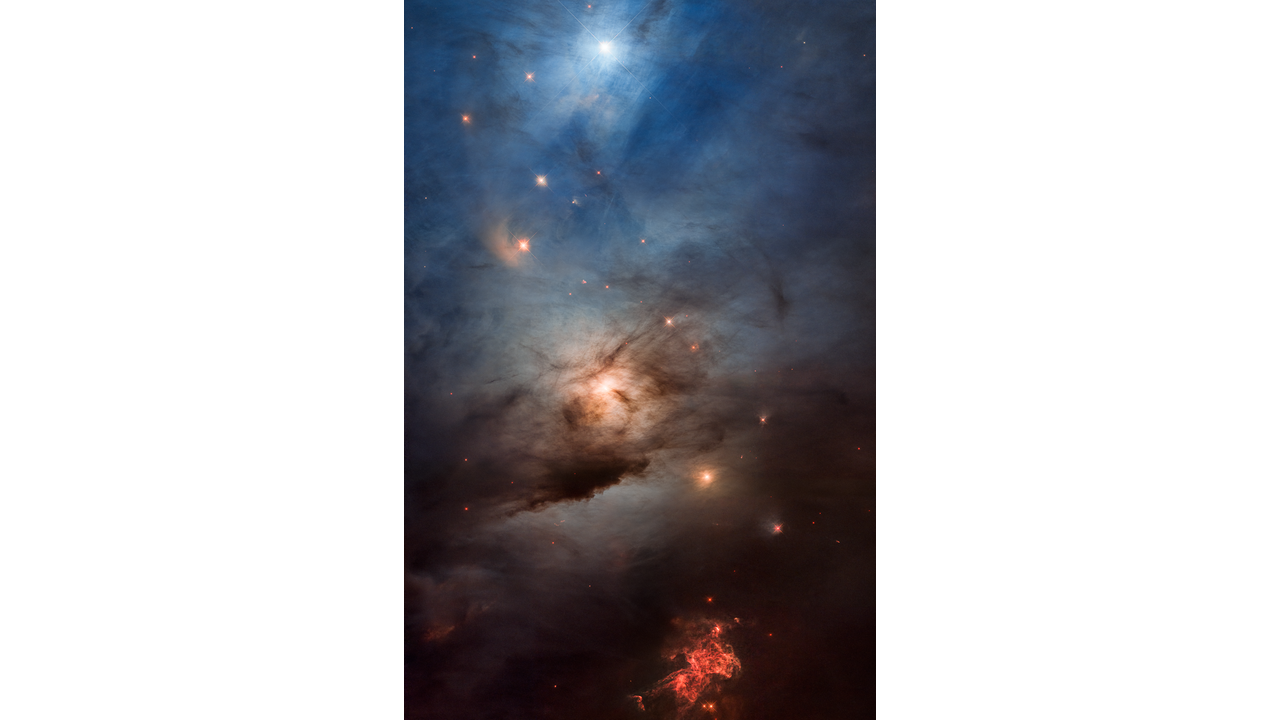
Astronomers are celebrating the Hubble Space Telescope’s 33rd launch anniversary with an ethereal photo of the star-forming region NGC 1333. Hubble’s colorful view unveils an effervescent cauldron of glowing gasses and dust stirred up and blown around by several hundred newly forming stars embedded within the dark cloud.
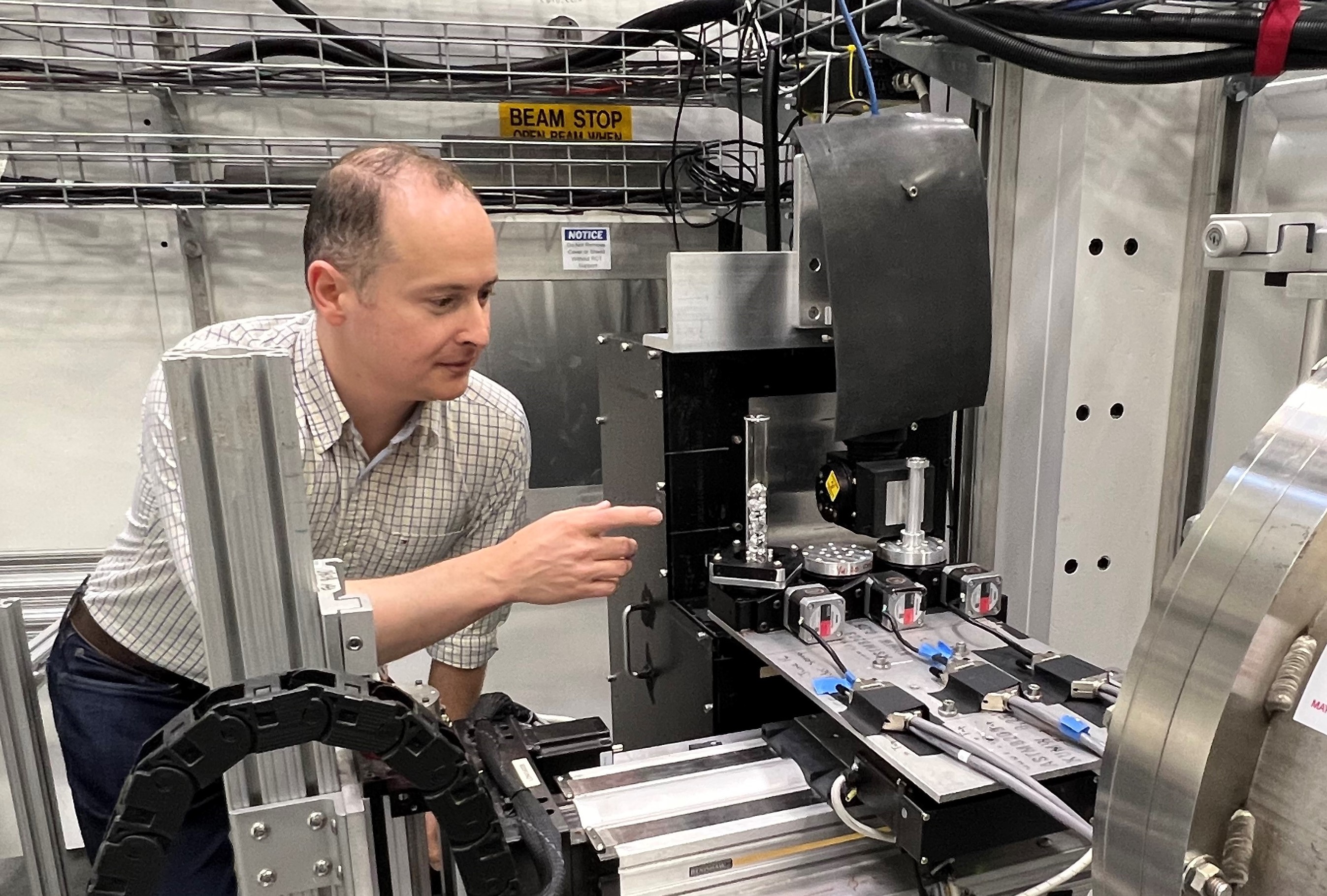
NASA scientists are using neutrons at Oak Ridge National Laboratory to study moon rocks collected from the Apollo space missions. The samples are made of dust and rock fragments that combined and struck the moon’s surface possibly billions of years ago. As plans to travel to Mars progress, insights into the rocks could reveal more about the formation of the solar system and where water might be found on the moon.
Hubble has found a rare pair of quasars inside two merging galaxies. These brilliant beacons are powered by supermassive black holes. The galaxies will eventually merge—and so will the quasars. This will result in an even more powerful black hole.
The U.S. Department of Energy (DOE) and the National Aeronautics and Space Administration (NASA) are working together to develop a science instrument that will survive the harsh and unforgiving environment of the nighttime lunar surface on the far side of the Moon to attempt first-of-its-kind measurements of the so-called Dark Ages of the Universe.
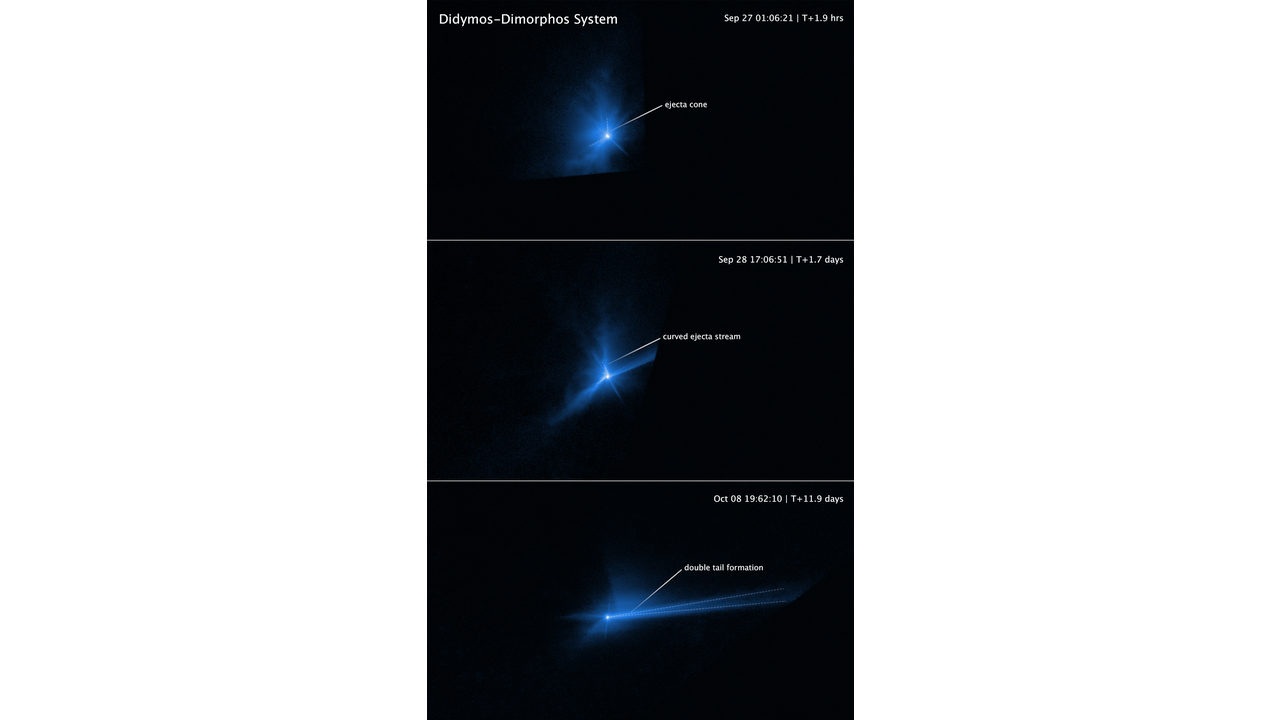
A time-lapse movie from the Hubble Space Telescope captures the impact of asteroid Dimorphos when it was deliberately hit by NASA’s DART spacecraft on Sept. 26, 2022. The movie shows three overlapping stages of the impact aftermath: the formation of an ejecta cone; the spiral swirl of debris caught up along the asteroid’s orbit about its companion asteroid; and the tail swept behind the asteroid by the pressure of sunlight. Later on, Hubble records the tail splitting in two.
Scientists suspect that the red streaks crossing the surface of Jupiter’s moon Europa is a frozen mixture of water and salts, but its chemical signature matches no known substance on Earth. Now researchers have discovered a new type of solid crystal that forms when water and table salt combine in cold, pressurized conditions. Researchers believe the new substance created in a lab on Earth could form at the surface and bottom of these worlds’ deep oceans.
Astronomers using Hubble have recorded a star getting swallowed by a giant black hole. Hubble didn’t observe the mayhem directly, but captured spectral fingerprints that provide clues as to how a star gets shredded as it is devoured.
These are Hubble Space Telescope images of two massive clusters of galaxies. The artificially added blue color is translated from Hubble data that captured a phenomenon called intracluster light. This extremely faint glow traces a smooth distribution of light from wandering stars scattered across the cluster. Billions of years ago, the stars were shed from their parent galaxies and now drift through intergalactic space alone.
Astronomers have uncovered a pair of planets that are true “water worlds,” unlike any planet found in our solar system. Slightly larger than Earth, they have global oceans at least 500 times deeper than the average depth of Earth’s oceans.
Uniformed Services University (USU) alumnus Army Lt. Col. (Dr.) Frank Rubio, a NASA astronaut, will answer a series of thought-provoking questions from students and military personnel live from the International Space Station as part of a NASA Downlink on Nov. 21.
NASA’s Artemis launch is attempting to return America to ‘Space Race’ form, paving the way for humans on the moon for the first time since the 1970s. UNLV professor Jason Steffen — a former NASA scientist who worked on the…
Bradley L. Jolliff, the Scott Rudolph Professor of Earth and Planetary Sciences in Arts & Sciences at Washington University in St. Louis and director of the McDonnell Center for the Space Sciences, is available to describe the science and space exploration…
First in line to receive data transmissions from the James Webb Space Telescope, a team of astronomers at the University of California, Irvine and other institutions is using the unprecedentedly clear observations to reveal the secret inner workings of galaxies. In a paper published today in The Astrophysical Journal Letters, the researchers describe their examination of the nearby galaxy NGC 7469 with the JWST’s ultrasensitive mid-infrared detection instruments.
Light from a star that exploded over 11 billion years ago was captured by Hubble Space Telescope not just as one postcard from the remote past but three messages that chronicle the fading fireball over a period of one week.
Researchers’ recent observations of a stellar-mass black hole called Cygnus X-1 reveal new details about the configuration of extremely hot matter in the region immediately surrounding the black hole. Matter is heated to millions of degrees as it is pulled toward a black hole. This hot matter glows in X-rays. Researchers are using measurements of the polarization of these X-rays to test and refine models that describe how black holes swallow matter, becoming some of the most luminous sources of light — including X-rays — in the universe.
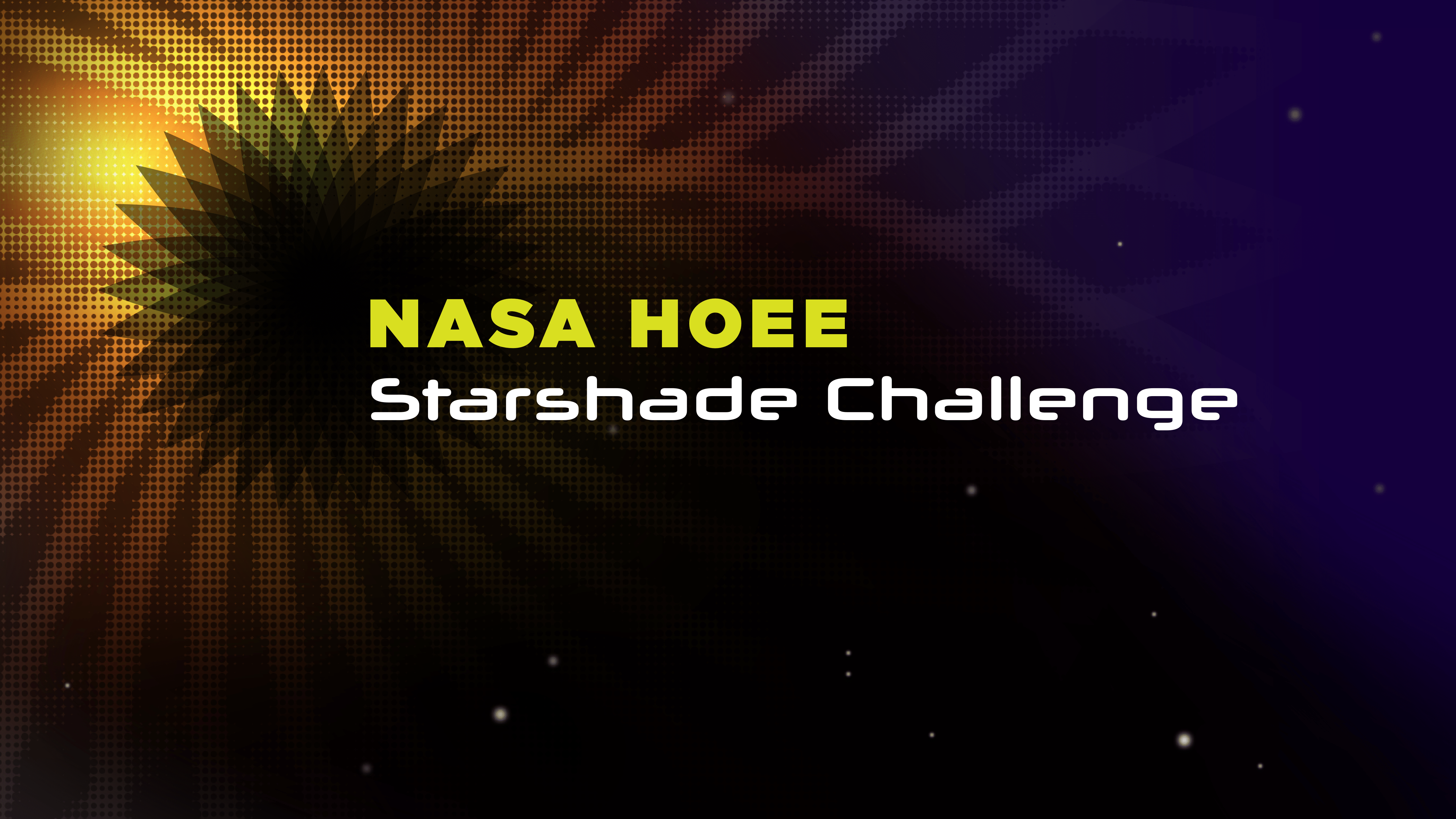
The Hybrid Observatory for Earth-like Exoplanets proposes pairing the newest and largest ground-based telescopes with a starshade orbiting Earth to obstruct the light from a host star to identify and characterize an exoplanet. AIP, with NASA and SPS, is organizing a competition for undergraduate students in the physical sciences to design such a starshade.
A team of UNLV scientists is already researching how we can support extended space travel with oxygen and food needs for people.

Researchers have used Hubble and FUSE observations of ultraviolet light from quasars to detect and map the Magellanic Corona, a diffuse halo of hot, supercharged gas surrounding the Small and Large Magellanic Clouds. Shown in purple, the corona stretches more than 100,000 light-years from the main mass of stars, gas, and dust that make up the Magellanic Clouds, intermingling with the hotter and more extensive Milky Way Corona, shown in blue. The corona is thought to act as a buffer protecting the dwarf galaxies’ vital star-forming gas from the gravitational pull of the much larger Milky Way.
FAU was one of only eight institutions in the nation to be awarded NASA’s Minority University Research and Education (MUREP) award for the MUREP Aerospace Academy (MAA). Through cooperative agreement awards, MAA funding affords minority-serving institutions the opportunity to develop exciting new avenues to inspire local high school students in the STEM (science-technology-engineering-mathematics) fields.
For the first time a solar switchback has been directly observed that confirms 2020 models by astrophysicist Dr. Gary Zank at The University of Alabama in Huntsville (UAH) that theorized how these surprising structures in the solar wind originate.
On Sept. 26, the international community will watch as NASA’s latest spacecraft collides with an asteroid in an attempt to knock it off its orbit. Cristina Thomas, an assistant professor of astronomy and planetary sciences at Northern Arizona University and lead of…
Matt Siegler, a research scientist at Southern Methodist University and the Planetary Science Institute who is participating in ongoing NASA missions, says the Artemis 1 launch could revive America’s ability to get humans back to the Moon.
How will we grow food in space? That’s one question Michigan State University’s Federica Brandizzi has been particularly interested in solving.
Brandizzi, an MSU Foundation Professor in the College of Natural Science and the MSU-DOE Plant Research Laboratory, will be sending seeds on the Artemis I mission to better understand how to grow food during space travel.